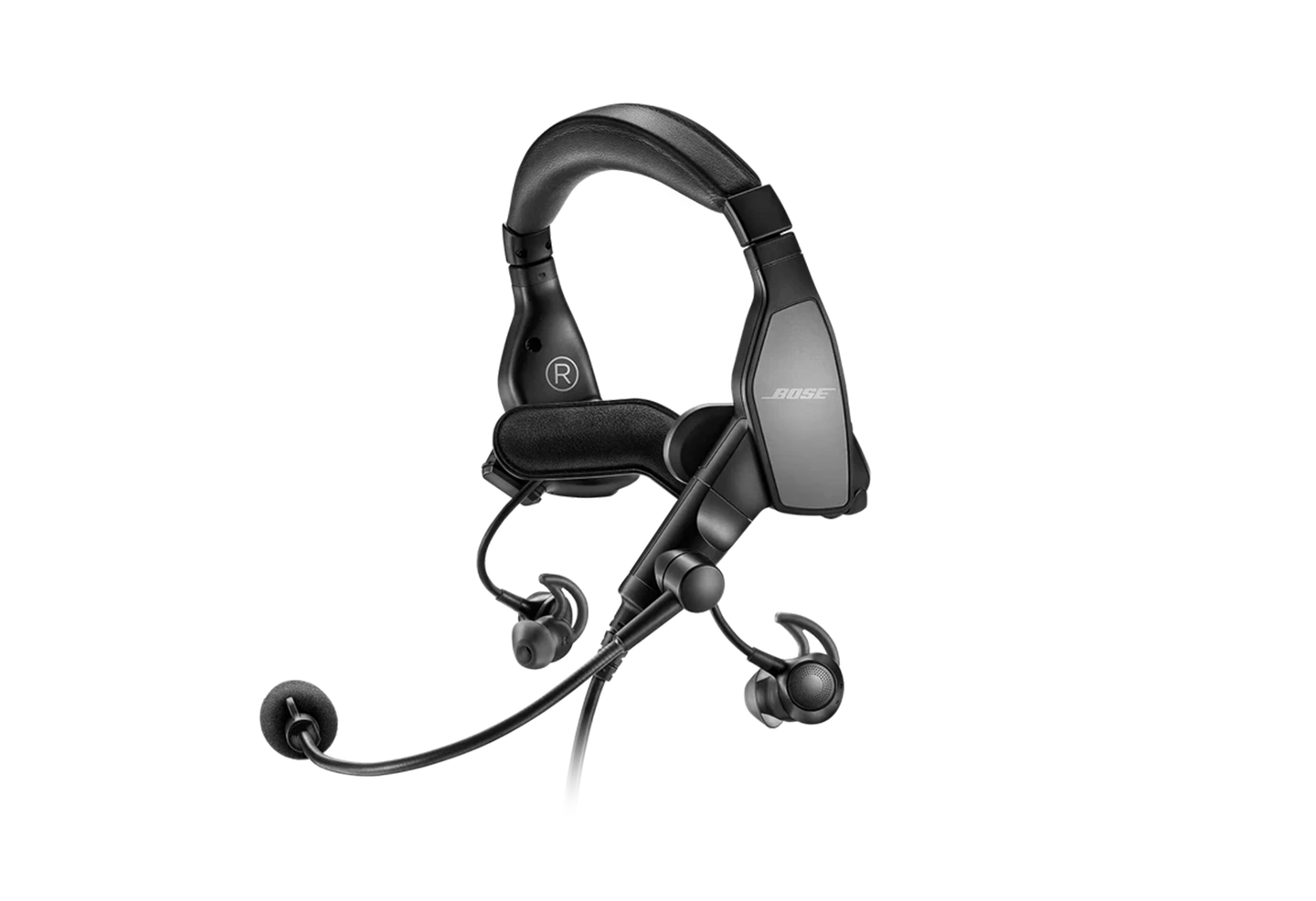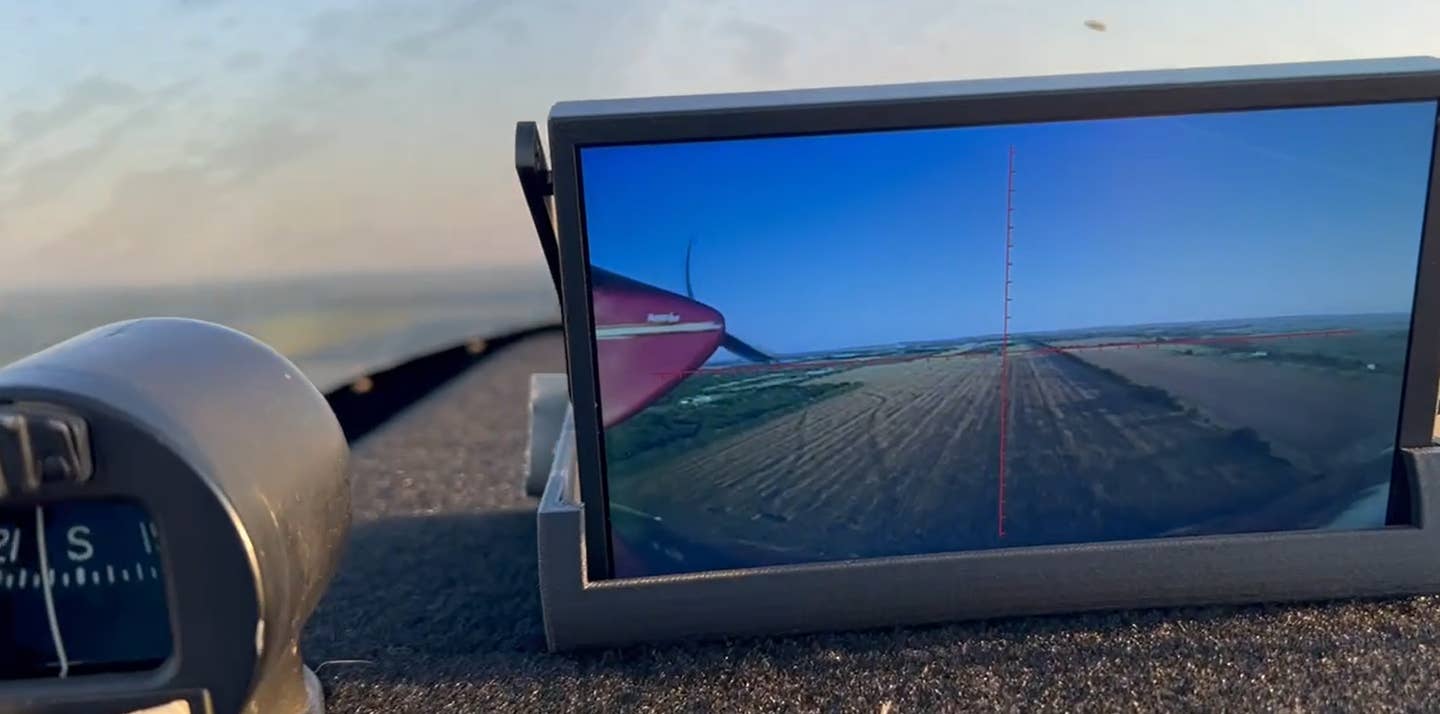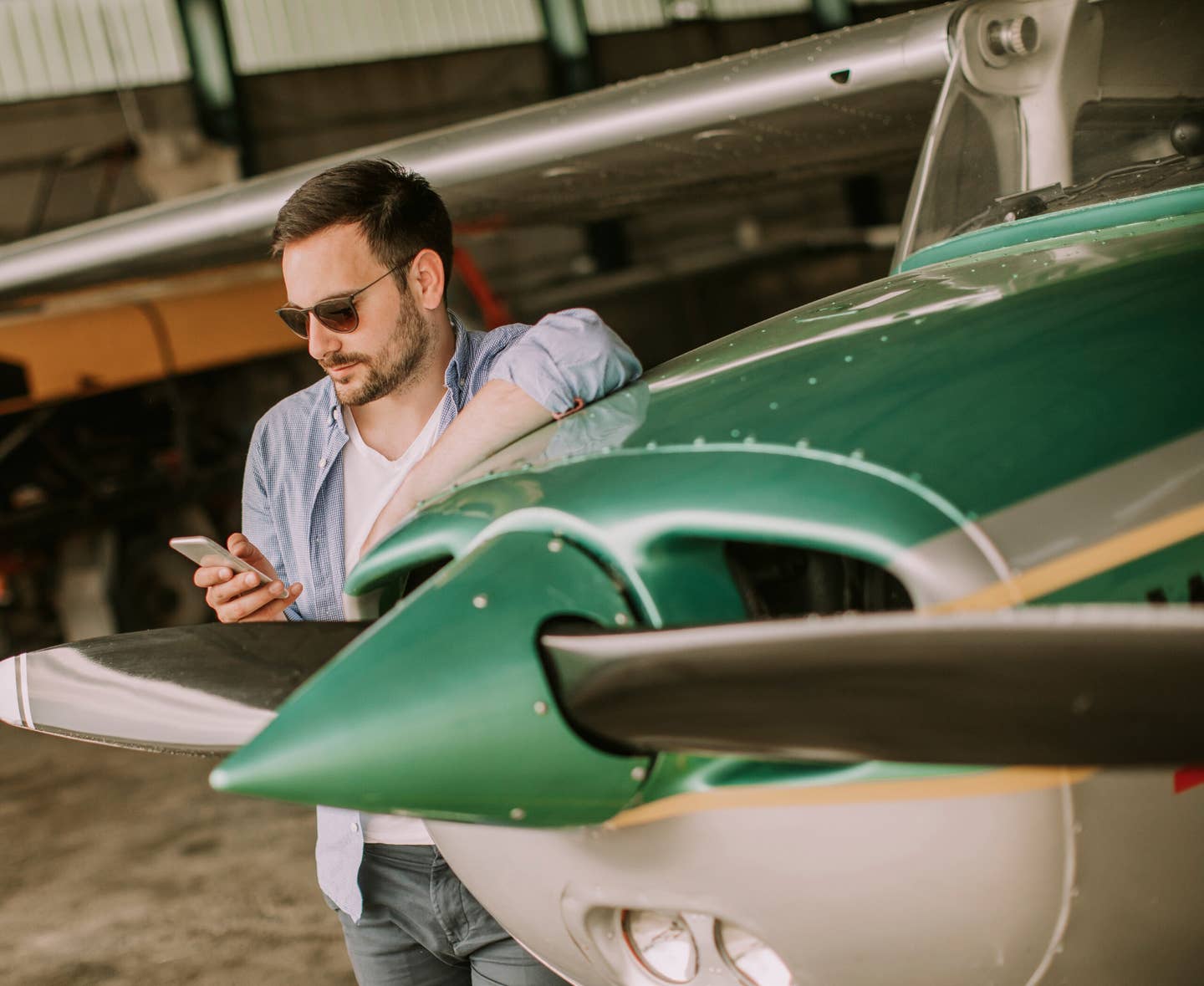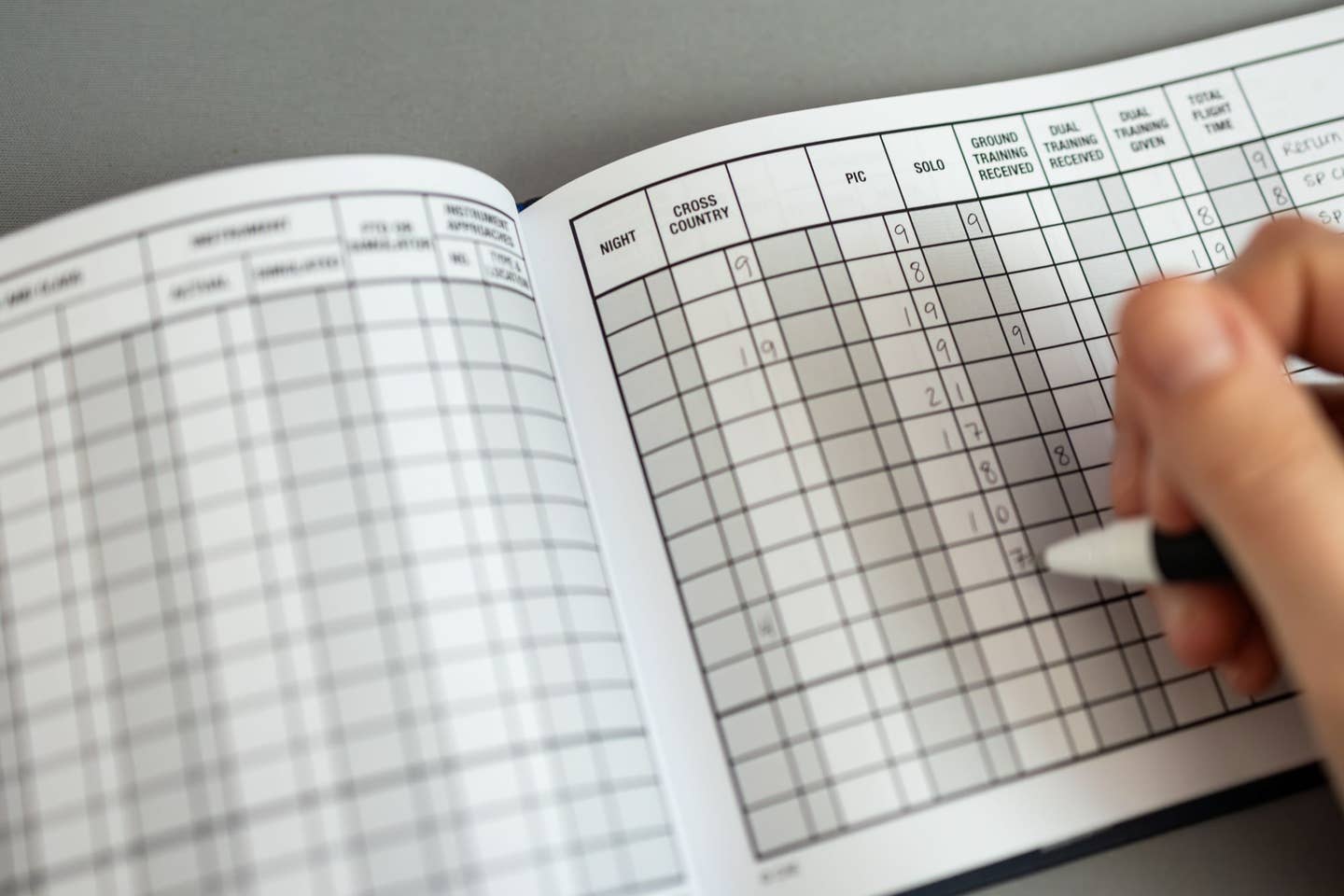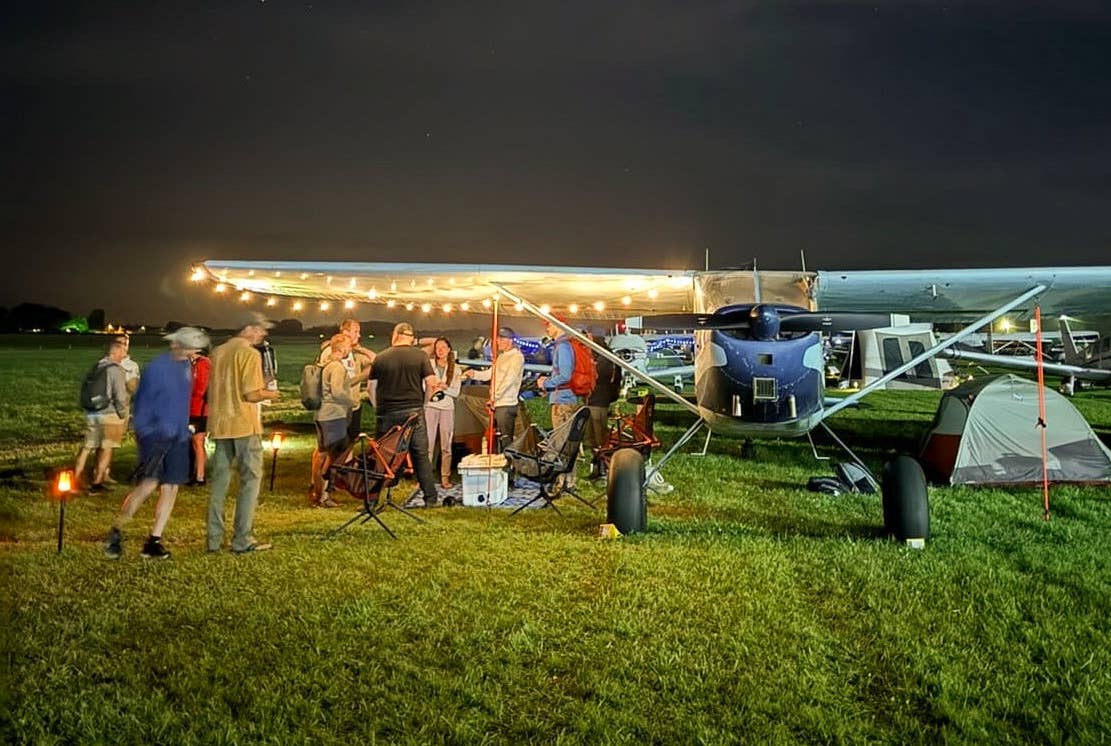
It has been a little more than 10 years since Cirrus Design Corp. delivered its first certified airplane, an SR20, to a customer. That 10-year mark is more than just an anniversary. It's the certified interval for Cirrus owners to replace the chutes in their airplanes.
Chute replacement will become an important part of Cirrus' overall business, since its service centers will be doing many hundreds of chute replacements a year for many years. Cirrus now owns the rocket design and rigs and packs the chutes, which BRS still produces.
As you probably know, the chute can be deployed from the cockpit. In simplified terms, this is how it works: Once the handle is pulled, a rocket attached to the chute fires, pulling the chute away from the airframe for a reliable deployment. The chute then inflates in steps and lowers the airplane, occupants and all, to the ground.
The whole airplane-recovery parachute system has gone into every Cirrus, and no matter how you do the math, it's clear that the system has saved lives. The first save, in 2002, took place in Texas when the pilot pulled the chute at low level after an aileron failure. The pilot was unhurt. Since that first save, CAPS has been deployed 22 times, resulting in 44 lives saved, according to Cirrus.
The Cirrus Airframe Parachute System (CAPS) has apparently struck a chord with buyers. It's impossible to say just how much of a factor the presence of the chute was in Cirrus' substantial success over the past decade, but suffice it to say that among the dozens of Cirrus salespeople with whom I've spoken over the years, the belief is nearly universal that it is a big factor in the purchase decision for many Cirrus buyers.
The bad thing about new technology is that it often comes at a cost. In this case, the parachute system needs to be replaced every 10 years. To its credit, Cirrus never made a secret of this fact. Moreover, the company always said that the replacement would be fairly costly and pegged that cost at around $10,000. Labor costs are extra, and will likely bring the overall replacement cost to more than $10,000 in most cases.
Customers have two options. For $8,682, they can get an overhauled system. For $13,182, they get a brand-new CAPS. The replacement is done differently depending on the model. First-generation airplanes will need to have more labor done to accomplish the replacement, so labor costs will be higher, with about 30 hours of labor needed, as opposed to about 20 labor hours needed to make the swap on Generation 2 airplanes and newer. Cirrus has already performed 30 replacements and, hence, has gathered a great deal of data about the process and the costs involved.
Cirrus has 24 service centers that are authorized to perform the CAPS replacement. Because it involves the handling and shipping/receiving of hazardous materials - the rocket is considered an explosive - the CAPS-approved service centers require special certification.
Cirrus recommends that owners with an upcoming CAPS replacement deadline plan ahead and schedule the service four weeks ahead of time.
For more information about the replacement, visit cirrusaircraft.com.

Sign-up for newsletters & special offers!
Get the latest FLYING stories & special offers delivered directly to your inbox

